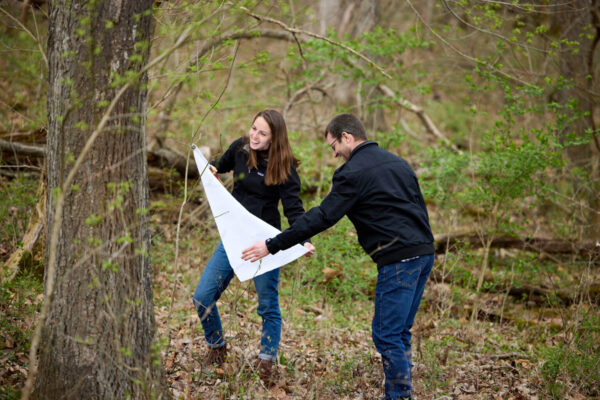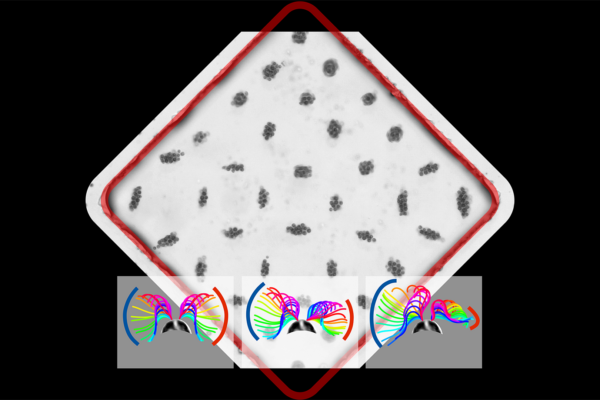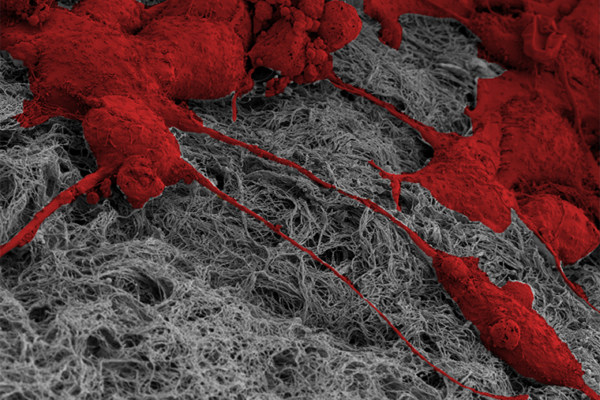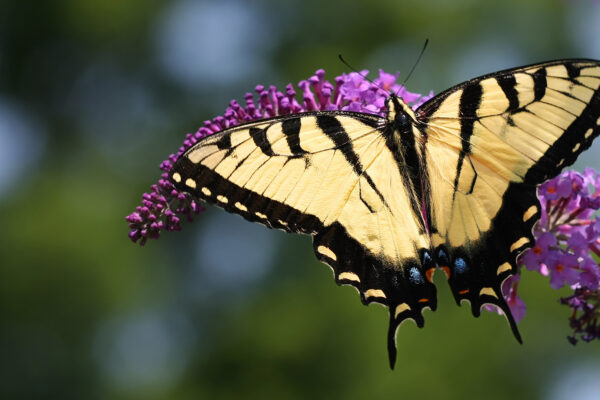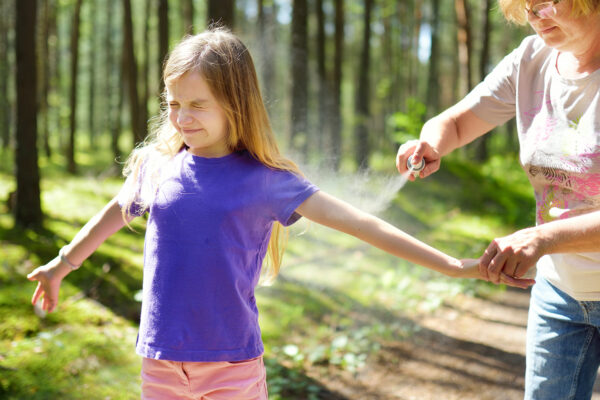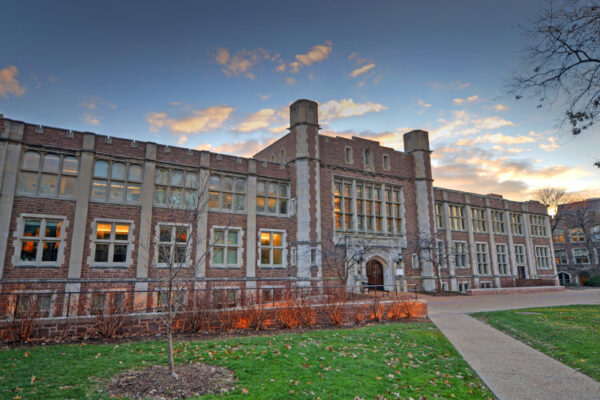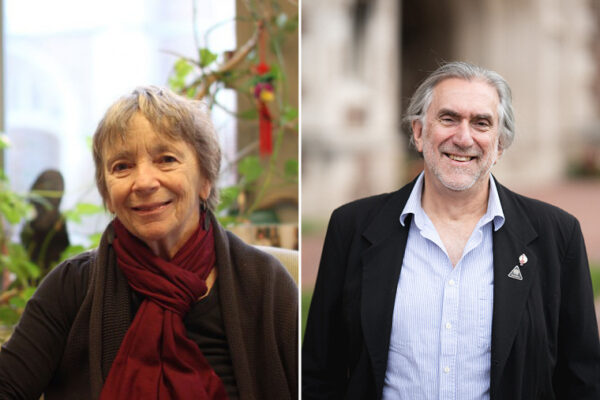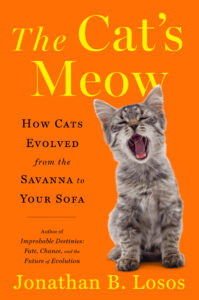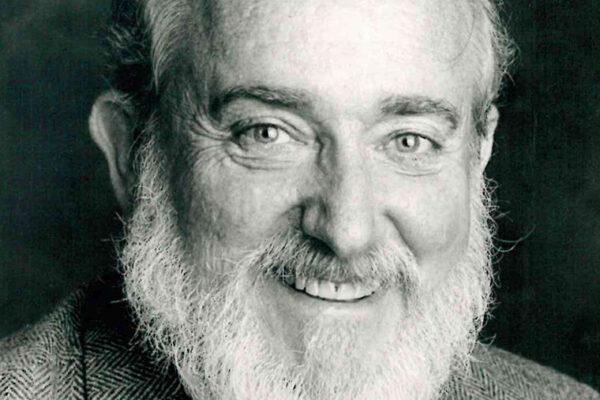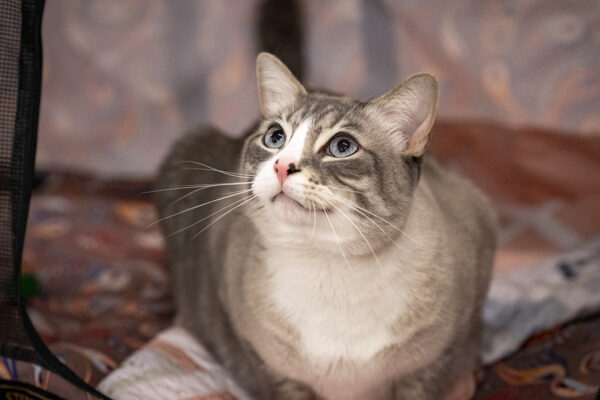Tick-borne Bourbon virus infects people, wildlife in St. Louis area
Ecologist Solny Adalsteinsson, at the Tyson Research Center, and virologist Jacco Boon, at the School of Medicine, are part of a One Health team studying how tick-borne Bourbon virus spreads through the environment, wildlife and people.
Treadmill for microswimmers allows closer look at behavior
A team from the McKelvey School of Engineering at Washington University in St. Louis and Massachusetts Institute of Technology has created an acoustic microfluidic method that offers new opportunities to conduct experiments with swimming cells and microorganisms.
Environmental memory propels collective cell migration
Researchers in Amit Pathak’s lab at the McKelvey School of Engineering found that cells learn from past environments to promote future invasions.
Butterfly beginnings
Biologists including Michael Landis in Arts & Sciences worked with researchers from dozens of countries to reconstruct the origin and global spread of butterflies. The resulting butterfly tree of life reveals that they got their start in North America.
How to avoid mosquito bites
Katie Westby, a vector and disease ecologist at Tyson Research Center, applies a strong DEET repellant and wears treated clothing when she’s headed deep into the woods, but uses a lighter touch at home. She warns that pet dogs and cats can also be affected by mosquito bites.
Biology students win annual awards
Six exceptional undergraduates were recognized with Department of Biology awards, including a new prize named in honor of Garland Allen, who advocated for racial and gender equality in the biological sciences.
Goodenough, McKinnon elected to National Academy of Sciences
Ursula W. Goodenough, a professor emerita of biology, and William B. McKinnon, a professor of earth and planetary sciences, both in Arts & Sciences, have been elected to the National Academy of Sciences. Election to the academy, announced May 2, is considered one of the highest honors that can be awarded to a U.S. scientist or engineer.
The Cat’s Meow
How cats evolved from the savanna to your sofa
The past, present and future of the world’s most popular and beloved pet, from a leading evolutionary biologist and great cat lover, Jonathan Losos in Arts & Sciences.
Richard W. Coles, former director of Tyson Research Center, 83
Richard W. (Dick) Coles, who served as the inaugural director of Tyson Research Center and also as an adjunct professor of biology for more than 25 years, died in December in Colorado. He was 83. A celebration of life for Coles is planned for 1 p.m. April 29 at Tyson Research Center in Eureka, Mo.
A cat’s-eye view of one of the most beloved pets
In “The Science of Cats,” a course for senior biology majors, WashU students use what they’ve learned about evolution, ecology and behavior to get to know one of the most popular pet animals in America.
Older Stories
